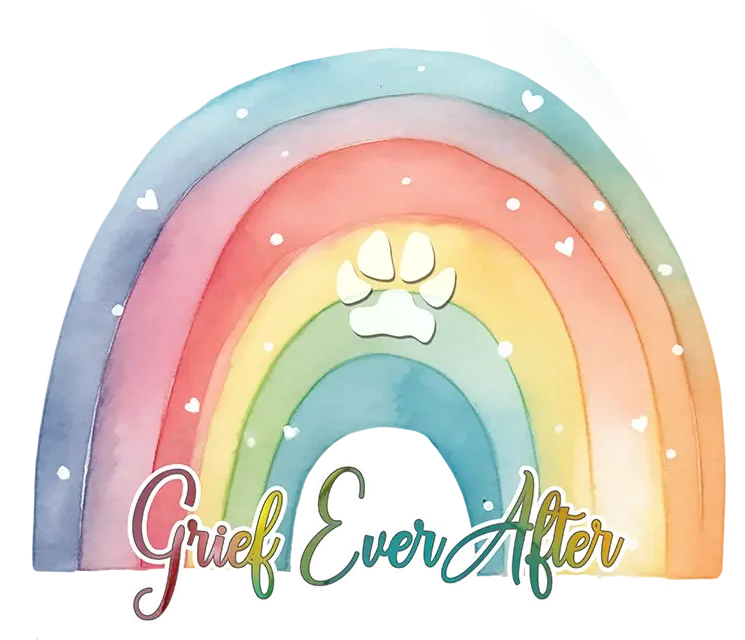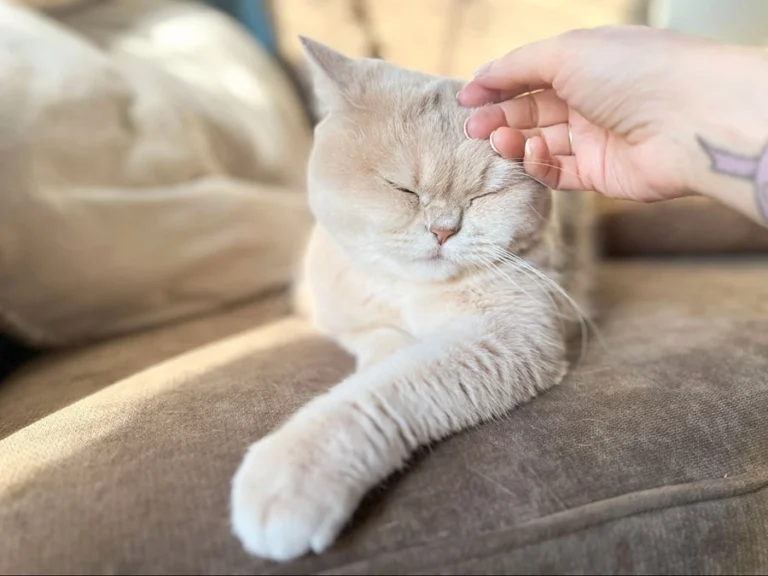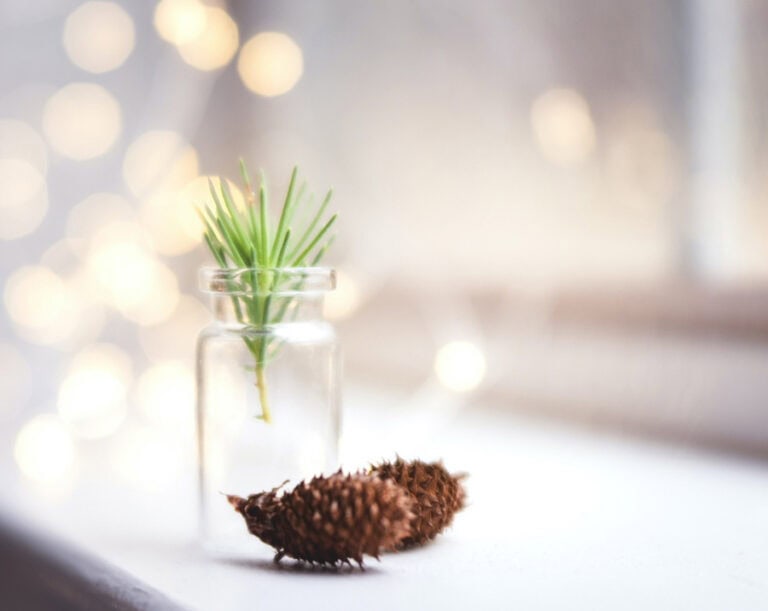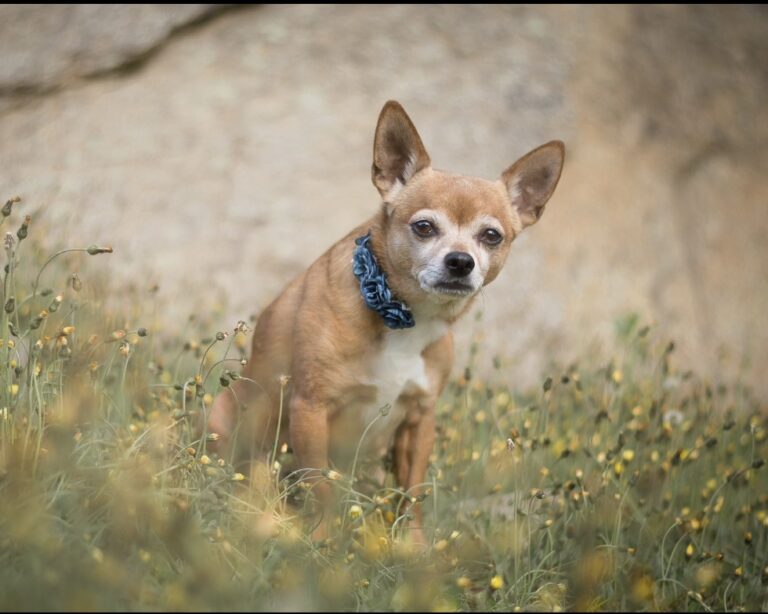When Families Grieve Differently After Losing a Pet
Pet loss grief is a uniquely personal experience. Your inward experience of loss, and how your day to day rhythm changes, is shaped by your relationship and bond with your pet. Because everyone’s connection is different, it’s normal and common for individuals within families to grieve differently after losing a pet.
Grieving side by side with someone when it doesn’t feel similar can be confusing, isolating, and even frustrating. You might wonder why someone seems distant, or overly emotional, or “moving on” seemingly fast.
I’ve always believed that one of the most endearing things about pets is that they don’t bring the complexities of being human into the relationship. But grief does. Grief tends to heighten the analytical side of the human mind, especially when it feels like the disparities in grieving styles leave you unsupported or misunderstood.
Why isn’t my partner grieving harder? Am I grieving deeply enough if I’m having a lot of ok days? How could they want another pet and just forget our pet that has passed?
During a time when it would make sense for love and family heartache to foster togetherness, grief can lean towards the opposite.
Special Bonds and Unique Grief
No two relationships with a pet are the same, even under the same roof. There are many hats worn as pet guardians – caregiver, quiet companion, adventure buddy, co-worker, emotional support (or recipient), morning greeter, nighttime snuggler, protector, playmate. Or any variation or combination that describes you.
Your roles will make up some of the many layers of your loss. Acknowledging that people’s layers look different, makes room for all kinds of grief and healing reactions. Everyone needs to feel seen in their grief. Even if it’s different from another person’s.
We might also be a bit predisposed to think that grief should look and feel a certain way. It should be visible, anguished, and unrelenting. Or, on the flip side, one should “just be grateful” and able to “move on”. But grief doesn’t follow those rules.
Relinquishing preconceptions is an important part of embracing grief as it shows up. For others and for yourself.
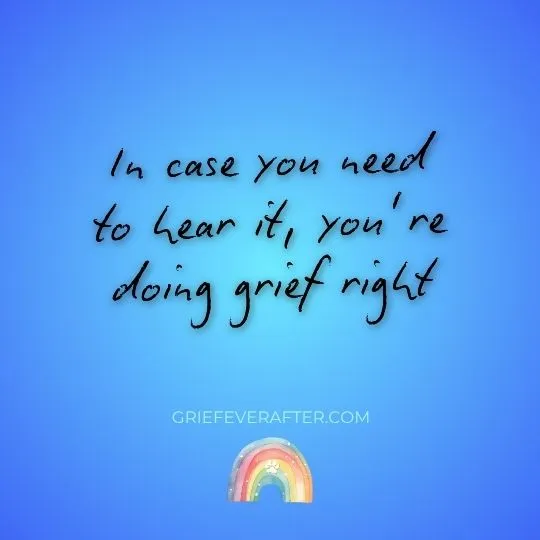
Personality and Coping Styles
One of the weird things about grief when it enters your life is its unpredictability. Tried and true personality traits and past coping mechanisms may completely vanish. Or, maybe things that have helped in other really hard times emerge to help carry the weight of grief.
This may be your first experience with a significant loss, while someone you love may have a long complicated history with grief. Some people are well versed wearing their heart on their sleeve while others feel conflict between internal emotions and outward expression. Some need to talk about the pain while others need to process it quietly.
You get it. People are very different. Differences in personalities and perspectives are not signs of who cares more, is grieving deeper, or healing quicker. But it can be strange, especially with someone who you generally are on the same page with in life. How can grief look so different when you both love and are missing the same pet?
While your grief might feel different, togetherness can still be gently cultivated through shared acts of remembrance.
Supporting Each Other (and Yourself) After Losing a Pet
Accepting that everyone will have a different grief style is important, but there is another very intentional piece to this. How can I support my partner or family members and also make sure my support needs are met?
It is possible for different grieving and coping styles to work together in surprisingly supportive ways. One person’s strength might offer comfort while another’s raw emotion might help drive mourning activities. Someone’s focus on the care of daily tasks might create structure when another’s emotions feel overwhelming. One’s drive to be more active and move can balance rest that is deeply needed.
It doesn’t always feel complementary though. Grieving differently can also feel contentious. It might be obvious that others can’t be the type of support you need, and vice versa. It’s fair to say that this can add a layer to your grief – sadness for what you imagined going through this loss with someone would look like.
But none of it is a failure of any kind, it’s just humans being human.
Though it can feel disappointing when someone doesn’t show up for you in the way you’d expect, sometimes they simply can’t. And it’s also ok to have a conversation about your needs in grief and to give an honest answer to “How are you doing?”.
Sometimes, though, the strongest support comes from outside of home. Other grieving pet parents, pet loss support groups, grief counselors or coaches, books, a journal, or even quiet time alone to process internally. Giving yourself and others space to find personal outlets is often the most loving thing we can do.
Finding Small Ways To Mourn Together
If you are finding that your family dynamics lean towards grieving very differently, and thus, separately, you can also purposefully include mourning activities that bring you together.
A guided journal or memory jar that you work on together a few times a week can open the door to good memories. Maybe you tend to a grief project like a garden or memorial spot together. Choosing the right photo together to have framed and hung. Turning on a remembrance lamp every evening to honor your pet – no words needed.
These small, meaningful acts of closeness can be a reminder that shared moments in grief can feel special and lighter.
The one thing I hope anyone reading this remembers is that there is no correct way to grieve, and no timeline to follow. Don’t impose expectations on anyone else—and don’t let anyone, including yourself, impose them on you.
